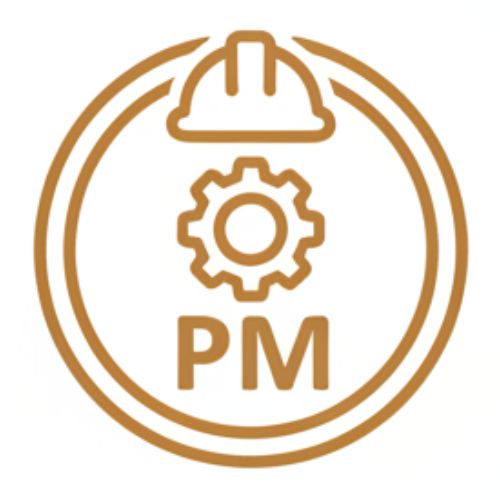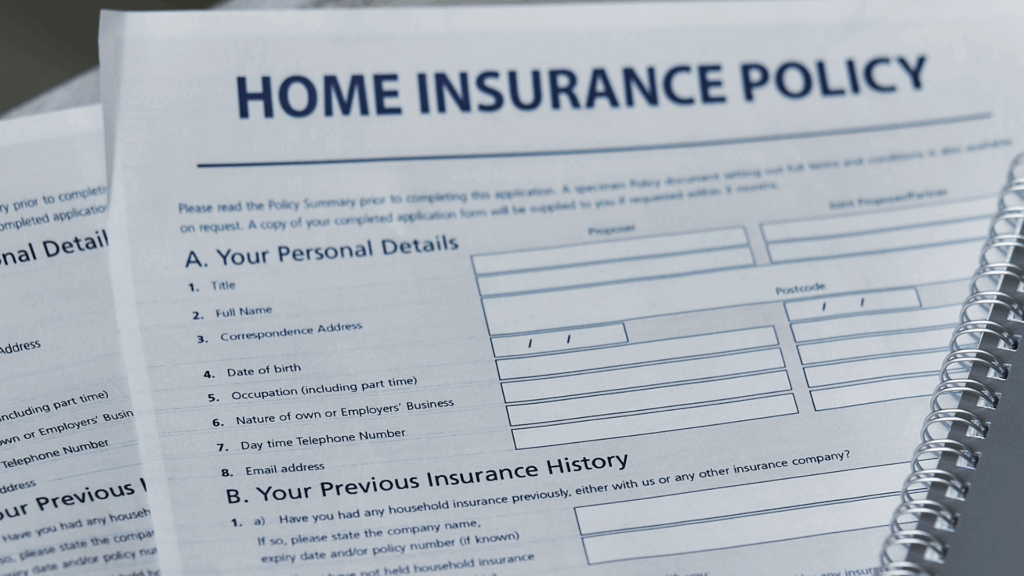
Navigating Roof Insurance Claims for Storm Damage
Your roof is damaged, and you’re facing a complex insurance claim. We are your advocates—the calm in the storm. Our expertise ensures you navigate the process correctly and get the full, fair restoration you’re entitled to.
You Don't Have to Navigate This Alone
After a major storm, the chaos can feel overwhelming. Your home is damaged, and now you face the confusing, often intimidating process of filing an insurance claim. It’s a system with its own language and rules, and it’s easy to feel like you’re at a disadvantage.
This is where we come in. Our role extends far beyond the physical repair. We are your expert partners, guiding you through every step, managing the critical details, and ensuring your voice is heard. We bring calm, clarity, and control to a stressful situation.


The Most Important Decision: Why You File First
Before you do anything else, it’s critical to understand the smartest way to begin. Many homeowners hesitate to call their insurance company for fear of rate increases. For storm damage, this is a misconception. We advise our clients to file a claim first, as it is the safest and most effective way to start the process. For a more detailed walkthrough, read our complete guide to filing a claim.

It's a "No-Fault" Claim:
Storms are considered an "Act of God." Unlike a car accident where you are at fault, a storm damage claim cannot be used by an insurance company to single you out for a rate increase.

It Establishes a Timeline:
Filing promptly creates an official "date of loss" with your insurer. This is a crucial piece of documentation that validates your claim and prevents potential disputes about when the damage occurred.

It Activates Your Policy:
This is the exact reason you have homeowner's insurance. You have paid your premiums for this protection. Filing the claim is the official step that activates the coverage you are entitled to.
Our Process for a Predictable Insurance Claim Journey
We have a proven, step-by-step process that transforms a chaotic event into a manageable project with a clear path to completion.
See how this process helped us overturn a wrongfully denied claim for a Rockdale homeowner.

Step 1: Free, Honest Damage Assessment
Our process begins when one of our trained specialists conducts a thorough inspection of your property. We meticulously document all storm-related damage with high-resolution photos and detailed notes. We will then give you our honest, professional opinion on whether there is sufficient damage to warrant filing a claim.

Step 2: Filing the Claim & The Adjuster Meeting
With our documentation in hand, you will have everything you need to confidently file your claim. Once you have a claim number, we coordinate directly with the insurance company's adjuster to schedule a meeting at your property.

Step 3: Ensuring a Fair Assessment
This is the most critical stage. Our project manager meets the adjuster on-site to walk the roof with them. Having a qualified expert present is the single most important factor in a fair assessment—we speak their language, understand local codes, and can point out collateral damage that is often missed. This levels the playing field and ensures nothing is overlooked.

Step 4: Reviewing the Insurance Report
Once the adjuster files their report, you will receive a scope of work and the first payment. We will sit down with you and review this document line-by-line, explaining every detail so you have a complete understanding of what your insurer has agreed to cover.
Step 5: Systematic Restoration & Final Invoicing
With the scope of work approved, we execute the roof replacement or repair to the highest industry standards. Once the project is complete, we submit a final invoice to the insurance company, which triggers the release of the remaining funds (depreciation) directly to you.
Understanding the Language of Your Claim
Insurance paperwork can be confusing. Here are the key terms we will help you understand:
Deductible: This is your only out-of-pocket expense. It is the portion of the repair cost that you are responsible for according to your policy, and you will pay it directly to us after the work is complete.
RCV (Replacement Cost Value): The total estimated cost to replace your roof with materials of a similar kind and quality in today’s market.
Depreciation: The amount of money the insurance company holds back based on the age and condition of your old roof. You recover this money after the work is done and a final invoice is submitted.
ACV (Actual Cash Value): This is the RCV minus the Depreciation. The first check you receive from your insurer will typically be for the ACV amount, less your deductible.
Supplement: If we discover legitimate, storm-related damage that was missed in the adjuster’s initial report, we will file a supplement with the insurance company to request the additional funds needed to complete the job correctly. We handle this entire process for you.
For a complete list of industry terms, visit our full roofing terminology guide.

Brazos Valley Trusts Us With Their Insurance Claims
Our success is measured by the stress-free experience we provide our clients.
"They made working with my insurance company very easy."
-Mark A.
"RocStout offered to meet the insurance adjuster and let us know what to expect before we received the insurance report."
-Amy H.
"They also accommodated our busy schedule and handled so many aspects of working with our insurance."
-Allison R.
Your Insurance Claim Questions, Answered with Clarity
Will my insurance premiums go up if I file a claim?
Insurers cannot single you out for a rate increase for filing a “no-fault” claim like storm damage. However, if an entire region is hit by a catastrophic storm, insurance companies may raise rates for everyone in that area to cover their losses, regardless of whether you filed a claim or not.
What if my claim is denied?
If your claim is denied but we have clear evidence of legitimate storm damage, we can guide you through the process of requesting a second inspection with a different adjuster.
How long does the insurance claim process take?
The timeline can vary from a couple of weeks to a few months, depending on the severity of the storm, the number of claims in your area, and the responsiveness of your insurance company. Our proactive communication helps keep the process moving as efficiently as possible.
The insurance company's report seems low. What can I do?
This is a very common situation and a key reason you need an advocate. If the scope of work is incomplete or the pricing is inaccurate, we will handle the supplement process to negotiate with the insurer for the additional funds required to restore your home correctly.
Take the First Step with a Trusted Advocate
Don’t let confusion or fear prevent you from restoring your home. Schedule a free, no-obligation storm damage assessment with a team that has your best interests at heart.

